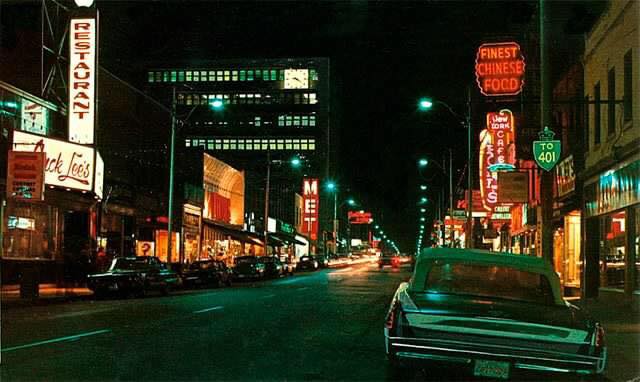James Gray was a Lieutenant-Colonel in the British Army. At the end of the American Revolution, British officers were given large land grants to settle into new colonies. Where Gray’s Creek is situated today, is the land that Colonel James Gray owned and lived on. (It has obviously been named after him.)
Colonel James Gray had four coloured slaves. Two were women, and two were men. The men were brothers: Simon and John Baker.
James Gray died in 1795, and left his land and property to his son, Robert Isaac Dey Gray. When Robert took control of his father’s property, he decided to travel to New York State, and purchased a coloured slave named Dorinda. Dorinda was Simon and John’s mother.
Robert brought Dorinda back to his farm, and freed her. Dorinda ended up working for Captain Samuel Anderson, a local judge, as his house servant. (Captain Anderson’s land is down the road from Gray’s Creek, where the Glen-Stor-Dun-Lodge is today. There is a plaque detailing Captain Anderson’s history, just West of the property, close to the sidewalk for the public to view.)
Robert Gray eventually became the Attorney-General of Upper Canada. He tried to create new laws which aimed at giving slaves a better quality of life.
Robert died in November 1804, along with his slave Simon. They were on a ship in Lake Ontario when a storm hit. The ship sank, taking both men down with it. In his will, Robert freed his remaining three slaves, and left them money and land to support themselves. In a Toronto newspaper from December 1869, John Baker is quoted as saying, “I and mother were
Freed by Gray’s will. We got a little of the money he left for us, but not much.”
The Gray family has a very interesting history, but what captivated my interest the most while I began researching about James Gray and his son, was the history of their slaves. The slave that caught my attention, was John Baker.
John Baker was unlike most coloured slaves in the area. He was well-educated, and he could read and write. In his memoirs, he states that he worked for a judge who lived in York (Toronto) after Robert Gray died and freed him. In 1812, John volunteered for the Upper Canada militia to repel the American invasion. He already had military experience, because he had also fought in the American Revoultion. John fought in several major battles: Fort Erie, Sackett’s Harbour, and Lundy’s Lane. At the end of the war John was given a pension for his efforts. He was granted one shilling a day for the rest of his life. In 1815, John enlisted in the British army to fight in the Napolenoic Wars in Europe. He fought in two battles, and claimed in his memoirs that he saw Napolean riding his horse.
John eventually returned to Upper Canada, and lived in Cornwall for the rest of his life. For the last few years of his life, he was seen daily, limping down Pitt Street to visit P. E. Adams’ store. He completed odd jobs for Mr. Adams, and always sat in one particular seat in the store. It is said that the floor was worn away in the place where his feet always rested.
John died on January 17, 1871, and the local newspaper at that time claimed that he was 105 years old at the time of his death. The Canadian Encyclopedia states, “In some ways, Baker’s life was unique. He may have been the last surviving Upper Canadian slave. He had seen his adopted homeland become Upper Canada, Canada West, and then, the Dominion of Canada.”



